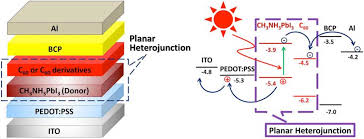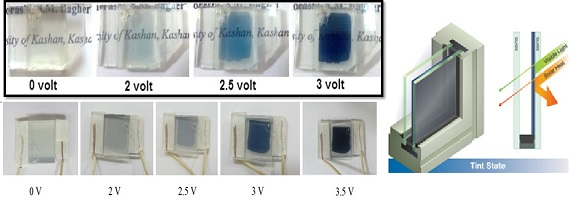| نویسندگان | فاطمه عباسی,سیدمحمدباقر قریشی |
|---|
| همایش | 2nd International Conference on Nanotechnology & Nanoscience |
|---|
| تاریخ برگزاری همایش | 2021-08-07 - 2021-08-08 |
|---|
| محل برگزاری همایش | 1 - تهران |
|---|
| ارائه به نام دانشگاه | پردیس بین المللی ارس دانشگاه تهران |
|---|
| نوع ارائه | سخنرانی |
|---|
| سطح همایش | بین المللی |
|---|
چکیده مقاله
In this research, optoelectronic properties of OLED structure consisting ITO/MoO3/NPB/Alq3: ClInPc/BCP/Alq3/LiF/Al layers was investigated. Near-infrared (NIR) organic light emitting diodes with host-guest layer (Alq3: ClInPc) are numerically investigated with the APSYS (Advanced Physical Model of Semiconductor Devices) simulation program. In reference sample (without guest), the emission wavelength was appeared at 530 nm. Then, the effect of the presence the guest in host layer (Alq3: ClInPc) with different weight percent (5, 10, 15 and 20%w) was simulated. The electroluminescence (EL) was observed at about 870 nm due to transitions from the first excited triplet state to the ground state (S1-S0) of ClInPc. The green emission of the doped devices near 530 nm came from Alq3. The Alq3 emission decreased in intensity with increasing dope concentration and the emission became difficult to measure at a dope level>10% wt%. The driving voltages of doped devices were lower than those of undoped device. It seems that both Förster energy transfer and direct charge trapping may play important roles in these doped ClInPc-based devices. Also, the OLED structure with Alq3: ClInPc (15 %w) layer had a better luminance and current efficiency than other doped samples.
لینک ثابت مقاله




